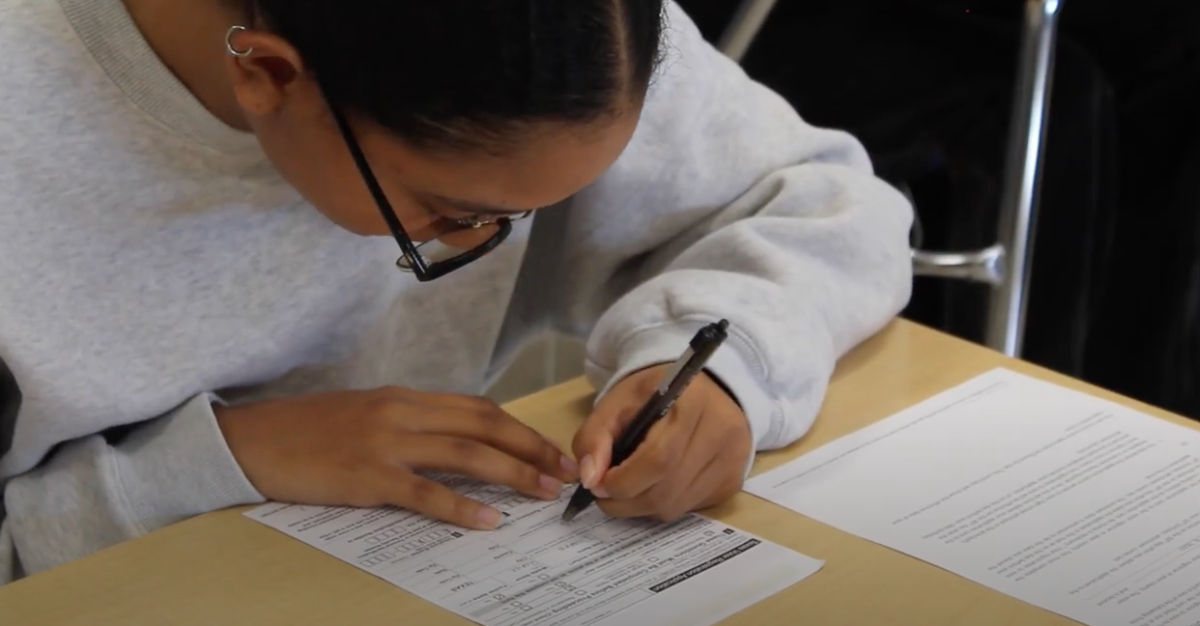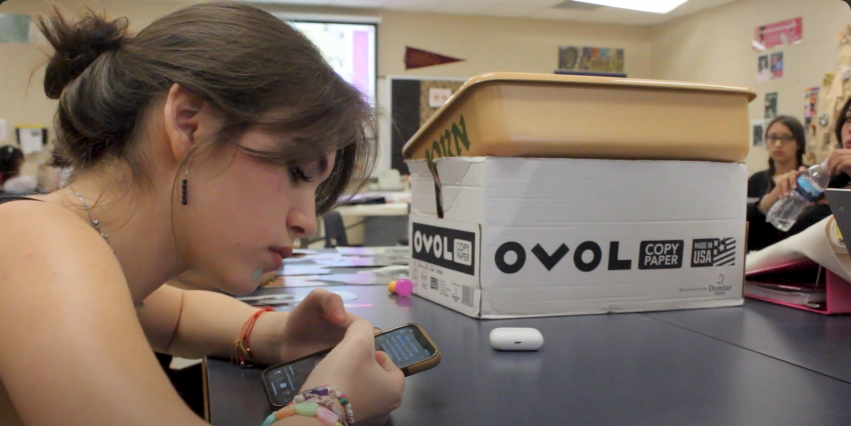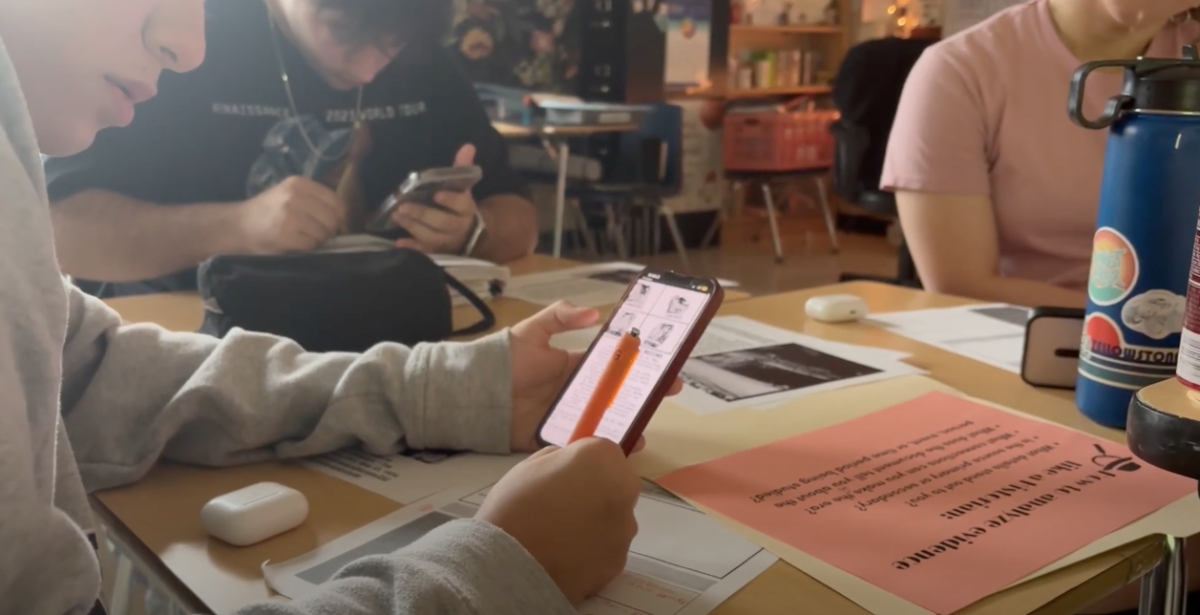by Caitlin Blackmon | feature editor
Everyone knows that student that never shows up to class and never turns in homework, yet somehow manages to have a higher grade than the majority. You’ve probably found yourself wondering why you weren’t blessed with the supernatural powers to not do anything and get away with it, too. At some point though, you must accept your fate. Whether you have to study a lot or only a little to do well, life becomes a lot easier when you figure out what you need to do and how to do it.
The VARK model, created by Neil Fleming and Colleen Mills in 1992, suggests there are four basic types of learners. Reviewing these types may help you understand more about how you learn best.
People who are visual learners learn best through mechanisms like graphs and charts. Anything that can be explained in another way than using words—such as a hierarchy—is representative of this type of learning.
Auditory learning is when you learn best by hearing something first, repeating it, and explaining it in your own way. This group of learners may do this repeatedly for one topic, but this is their preferred method of retaining information—speaking first rather than collecting thoughts and gathering information.
Information that is portrayed through words is all you need to know. Those who prefer learning by the reading and writing method are able to use written content and formulate thoughts that can be used for essay writing and other various assignments.
Learning through personal experiences and demonstrations is what gets kinesthetic learners going. They are able to learn best through application of skills and videos in which certain skills are applied.
You may not associate yourself with one single type of learner. This is called Multimodality, meaning that learning types can overlap of intersect at several points, so don’t fret if you can’t label yourself as one particular type. Make sure to take this VARK quiz if you’re interested in what type of learner you are.
For every different type of learner there are certain, specified study methods. These may vary from individual to individual, but overall, it’s always good to be reminded of ways to study or introduced to new methods.
If you are a visual learner you should try making note cards, drawing images, utilizing whiteboards, and creating mnemonic devices. Highlighting and underlining can be useful, especially if you understand things better with visual aids, but stray away from excess marking that will ultimately defeat the purpose. And if you simply must highlight and underline, try photocopying textbook material that you can’t write on and mark it up.
For the auditory learner, it’s always helpful to record lessons that you can use outside of class to study later. You can also try reading textbooks out loud, or even search up an audiobook.
However obvious it may seem, reading textbook material and taking consistent notes will help you if you learn best through reading and writing. Also make sure to use all available (or most applicable) resources and combine them into one structured outline.
If you’re a kinesthetic learner, try studying in different rooms for each individual unit and be consistent; when the unit’s over, study in a different spot.
Regardless of you what kind of learner you are, trying different things and learning methods that work for you will only result in improvement. If you’re able to identify with one of these types, however, it’s only to your benefit.
Learn more about the VARK model here.








